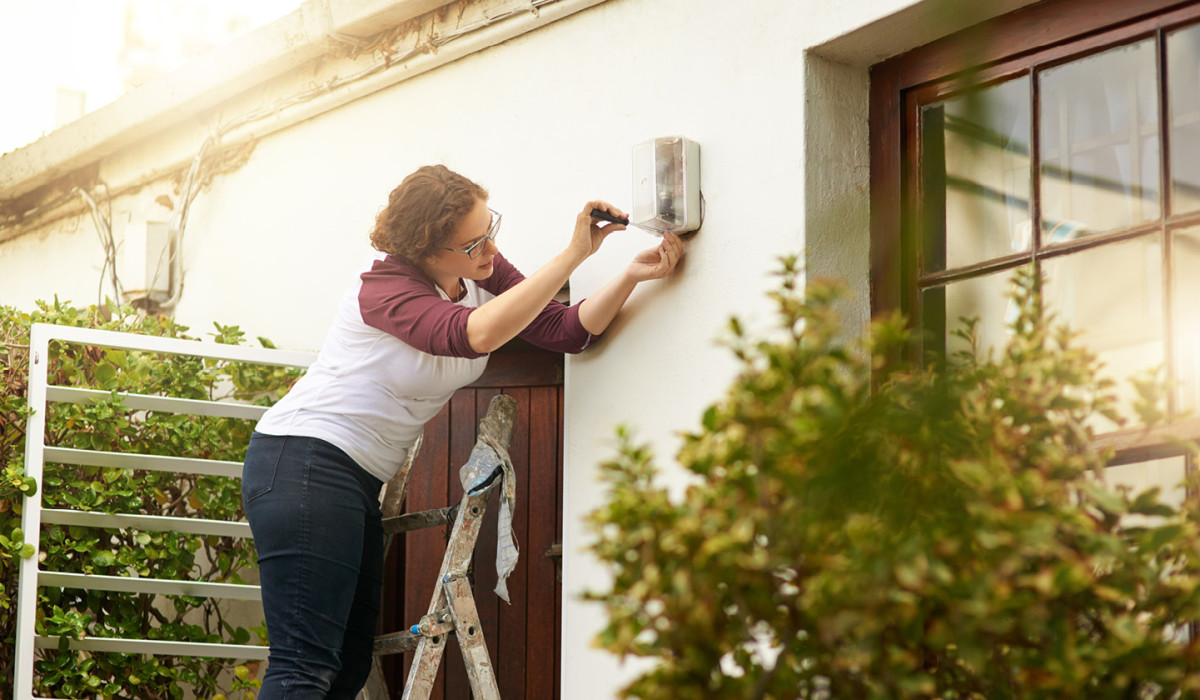Saving for Emergencies - Managing the Unexpected Cost of Homeownership
WHAT YOU'LL LEARN
Why you should save for the unexpected
Examples of some unexpected costs
Tips on how to save
WHAT YOU'LL LEARN
Why you should save for the unexpected
Examples of some unexpected costs
Tips on how to save

Let’s save surprises for birthdays, shall we? So, what happens when an unexpected home emergency presents itself? Will you be ready?
You’ve already saved so much to get to homeownership but having a savings fund for those big-ticket emergencies is crucial. Remember, you don’t have that landlord to lean on anymore.
What could go wrong?
Let’s take a look at some examples of what could go wrong, and the different price points affiliated with each of them, so you gain a better understanding of how important those savings are.
Pipe burst – $150 to $2,000+
Plumbing issues – $175 to $450+
Appliance repair – $50 to $250+
HVAC problems - $100 to $13,000+
Hot water heater – $200-$800+
While these are just a few of the hot ticket items, it’s easy to see how the money can add up. Having a home emergency fund sets you up for success when dealing with the financial burdens of home emergencies.
Let’s get to saving.
You might be asking yourself, “How can I save when I’m already living paycheck to paycheck?” There are different ways of saving and it really boils down to defining your family’s needs vs. wants. You need groceries and clothes that fit, but do you really need expensive name brand clothes, shampoos or a new set of golf clubs?
By setting realistic goals and breaking down your family’s monthly budget you can allocate money to your savings account. You would be truly amazed to see the amount of money you can save when you recognize your wants vs. needs.
A tip of advice: don’t shoot for gold so fast. Instead, build up to making larger payments each month. Start with $50 then build from there. Your bank probably has a payment program that you can set and forget, so each month at a date of your choosing, it automatically pulls money from your account into the savings fund. If you have that money transferred on the day you get paid, it’s almost as if you never even saw it in the first place. Let your bank account work for you!
How much should I have in my savings fund?
While the size of home emergency funds varies, the rule of thumb is to have three to six months of expenses in there. We know that might seem like a lot, but it’s what you’re building toward and that may take a couple years, especially if you’re starting slow. But, unless you’re having really bad luck, it’s unlikely that everything will break all at once… knock on wood.
Planning for the worst is never fun but knowing that you’re protected should give you peace of mind. We’re here to help set you up for success. Homeownership is such an exciting journey and staying educated along the way is important. If you have any uestions on other homeownership tips, or even the best way to tap into your equity if necessary. We’re here for you, call us today!